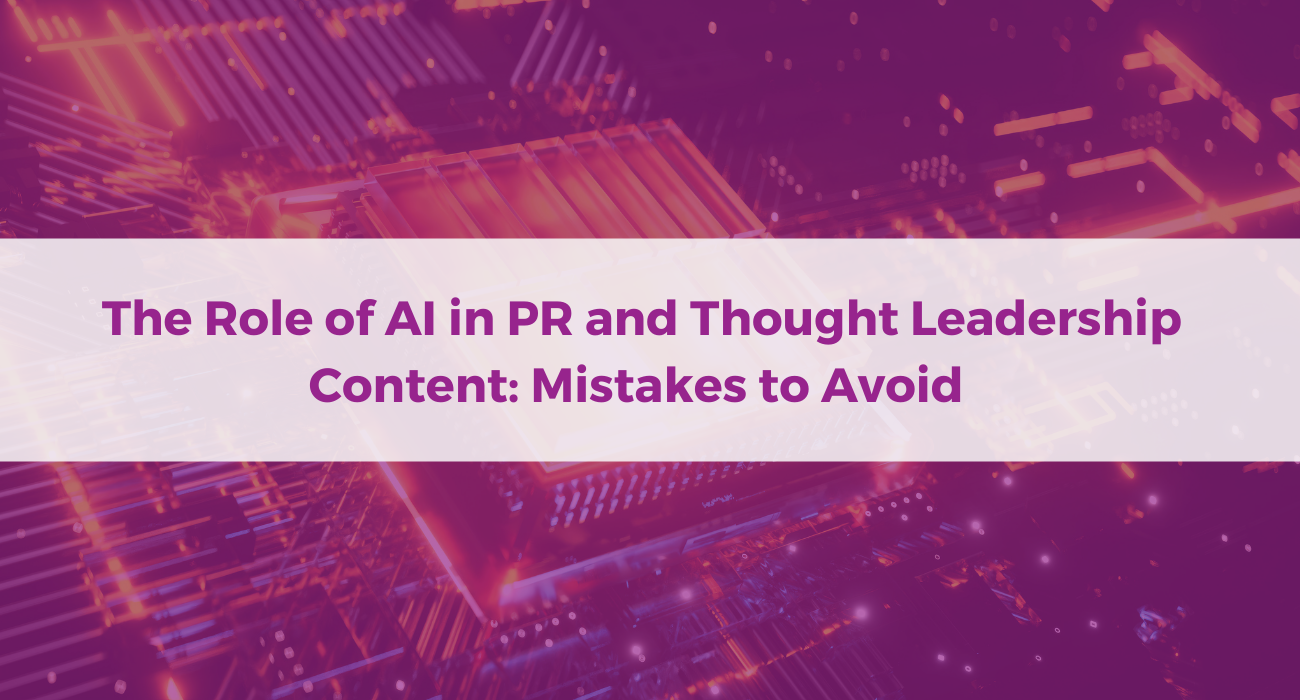
Under the influence: The rise of influencer marketing
Influencer marketing has become a popular targeting tool, with influencers overtaking celebrities as the most popular choice for brand endorsements. From bloggers to Instagrammers, brands are investing more and more time and money into influencers to reach new audiences and get ahead of the competition. This is because, if adopted correctly, a collaboration with influencers can become a compelling tool to increase business sales, see SEO ratings soar, spark user-generated content and generate powerful brand visibility.
However, with the power of influencers so strong, and more emerging daily, how do you choose the right fit?
Influencer who?
Influencers are people within a community and online who are influential. What they’ve done is unique to themselves, but universal in its appeal. Having gained credibility in their industry, they wield their influence through social media and blogs, creating positive brand sentiment through authentic storytelling and engaging content.
Living in the realm between PR and advertising, influencer marketing can appear like advice rather than an advertisement. And with 82% of consumers saying they would trust a recommendation from an influencer over an advertisement, these collaborations can help businesses sell, as, in essence, selling is the transfer of trust.
Big numbers don’t always mean big conversations
Don’t be fooled that ‘follower count’ is always what makes someone the best influencer to use. The debate between social reach and followers has caused some controversy; in light of ‘fake followers’ scandals which have seen influencers purchasing their followers, it is even more important to shed some light on this issue.
So, the all-encompassing question when it comes to influencers is does engagement mean more than a large following? The simple answer is yes, most of the time. A common misconception among both social media users and businesses is that the more followers an influencer has the more influence they possess. Although numbers mean reach, they don’t always mean the right type of reach.
Although follower count might initially show signs of popularity, it is the engagement that influencers receive on their content that shows audiences whether people genuinely love and trust them, and is also what will determine and establish their credibility among followers. This is why micro-influencers, who have small (usually around 20,000) but highly engaged followings can be more effective than macro-influencers who have more followers, but less engagement when it comes to influencer marketing.
If it is a matter of reach, macro-influencers are the way to go, but if it is a matter of authenticity and tapping into niche markets, then go with micro-influencers. However, micro-influencers tend to hold stronger relationships with their followers and can drive them to engage with their content, therefore driving the best ROI.
What does this teach us?
This teaches us that whether you are creating content for an influencer or the press it is essential for it to provoke engagement. Rather than always concentrating on its visibility, focus attention on receiving that engagement, which is fundamentally what will aid in forming meaningful relationships.
All of the above relates not only to influencers but also your brand. So stop looking at those numbers and concentrate on building an engaged community of people who love your brand and your business, because here lies the potential for your business to blossom and get those content shares beyond likes.




